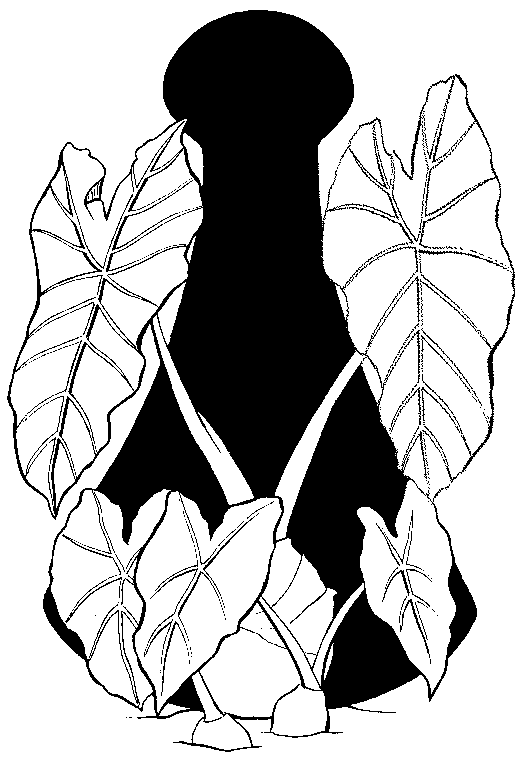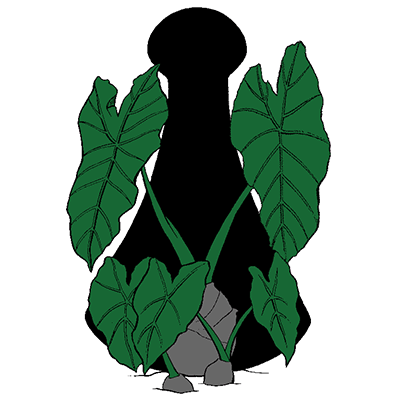Makai Watch
Kīpahulu ʻOhana has begun the process of working with the State of Hawaiʻiʻs Makai Watch Program as part of our ongoing stewardship efforts within the Kīpahulu moku.
From Puaʻaluʻu Gulch to Kālepa Gulch, we are the stewards of Kīpahulu who mālama (take care) of our resources from mauka to makai. Over the last 13 years, KOI has actively worked toward the Kīpahulu Community-Based Subsistence Fishing Area Designation.
Hawaiʻi’s CBSFA designation formally recognizes local communities as valued partners in protecting natural resources and reaffirms and protects traditional and customary practices for subsistence and culture. KOI believes that a CBSFA designation and collaborative management plan can be a means to help reduce or eliminate unsustainable harvest by changing fishing behavior, allowing fish populations to stabilize and hopefully recover.
This will enable future generations to access marine resources for subsistence use and customary practice. The Makai Watch Program will empower our community to be the eyes and ears of our marine resources, help educate resource users on current rules and regulations, strengthen and increase community stewardship participation, and report on violations.
Makai Watch Program
The State of Hawaiʻi Makai Watch Program is a collaborative, statewide program where citizens and NGOs become directly involved with the Department of Land and Natural Resources (DLNR), in the management of marine resources through promoting compliance to rules, education, and monitoring. The Makai Watch approach is based on the idea that people who use, deal with, or live closest to the natural and cultural resources are in the best position to help in understanding the nature of the area. Community members are the ‘eyes and ears’ that look out for their resources, and their direct involvement reduces inappropriate uses of those resources. The concept is not new, but is a modern reflection of the Hawaiian system of ahupuaʻa (mountain to sea) management practices by the people and led by konohiki (caretakers) and the aha councils (groups of experts). This system recognizes that the people who use a resource ultimately are responsible for its long-term health.
Boundaries:
From Puaʻaluʻu Gulch to Kālepa Gulch
to approx. 60-meter depth.
The CBSFA boundary:
The traditional boundary of the Kīpahulu moku, and an area that provides subsistence resources for its residents.
Using Kilo to Malama
Our Makai Watch Program has several main components:
Outreach and Advocacy: to key agencies and partners on the need for management;
Shoreline Presence: to raise awareness of Kīpahuluʻs CBSFA, increase compliance, and report on violations;
Research: to understand the status and use of marine resources;
Education and Outreach: to stakeholder groups to increase support for the stewardship efforts; and
Volunteer Coordination: to strengthen effective participation in stewardship activities.
Inā mālama ʻoe i ke kai, mālama nō ke kai iā ʻoe
The program aims to enhance management of Kīpahulu moku with the community’s assistance in three areas:
Awareness Raising and Outreach: Makai Watch participants provide ocean users with information about marine ecology, culture, history, regulations, safety, and appropriate behavior.
Biological and Human-Use Monitoring: Makai Watch participants collect information on the human use of marine resources (fishing, kayaking, collecting, etc.) and the biological condition of those resources. Ongoing monitoring allows communities to gauge the success of their project. Increased numbers of fish or improved coral health are strong indicators that their efforts are effecting positive change.
Observation and Compliance: Makai Watch participants observe the area, encourage users to learn and obey area regulations, and identify and report illegal activities to state enforcement officers.
While Makai Watch will improve the protection of marine resources, it is not an enforcement program. Makai Watch volunteers do not have enforcement powers. Instead, Makai Watch participants act as “eyes and ears” for DOCARE. Volunteers are trained prior to participation.
Training includes:
Current rules pertaining to Kīpahulu moku
Island-wide regulated species (sizes, seasons, bag limit)
How to safely and accurately observe and document violations
How to report information to DOCARE
Community outreach and education
Ahupua’a system/traditional resource management
Makai Watch is not a substitute for the government's roles in educating the public about marine resources and in enforcing resource regulations. The government will continue to play these roles; however, Makai Watch will help the government to enhance its efficacy.
Makai Watch is a means for concerned citizens to play a role in ensuring proper management of marine resources. Through the combination of encouraging compliance and providing information to enforcement officers, Makai Watch will reduce inappropriate uses of marine resources, thus helping Hawai‘i’s near-shore marine ecosystem to recover.
To report violations, call 643-DLNR or download the DLNRTip app on your phone.
Pono Practices
While the following are not law, we ask that everyone follow these practices that help ensure the health of the reef ecosystem.
Step in sandy areas, not on the living coral.
Pick up trash from the water and the beach.
Don’t feed the fish.
Keep a safe distance from all marine life.
Take only pictures—leave all shells and coral.
Only use sunscreen that contains zinc oxide or titanium dioxide as active ingredients.
Use the public restrooms.
Help to keep Hawai‘i beautiful by sharing this information with your friends.




